Here’s why we can’t stop romanticizing the mid-century era
The mid-century era, spanning from the late 1940s to the late 1960s, holds a special place in the hearts of many. This epoch is celebrated for its unique blend of innovation and simplicity, drawing both nostalgia and admiration.
People are enchanted by its distinct design aesthetics, vibrant culture, and the rapid technological advancements that defined the period. The era’s charm is evident in how its style continues to influence modern design and pop culture.
The Rise of Mid-Century Modern Design

Mid-century modern design emerged as a response to the post-war era’s need for functional, yet aesthetically pleasing furniture and architecture. Influenced by the Bauhaus movement, it emphasizes clean lines, organic shapes, and minimal ornamentation.
Designers like Charles and Ray Eames and Eero Saarinen created iconic pieces that remain popular today. The style’s emphasis on form meeting function has ensured its enduring appeal in contemporary interiors.
Iconic Mid-Century Fashion Trends
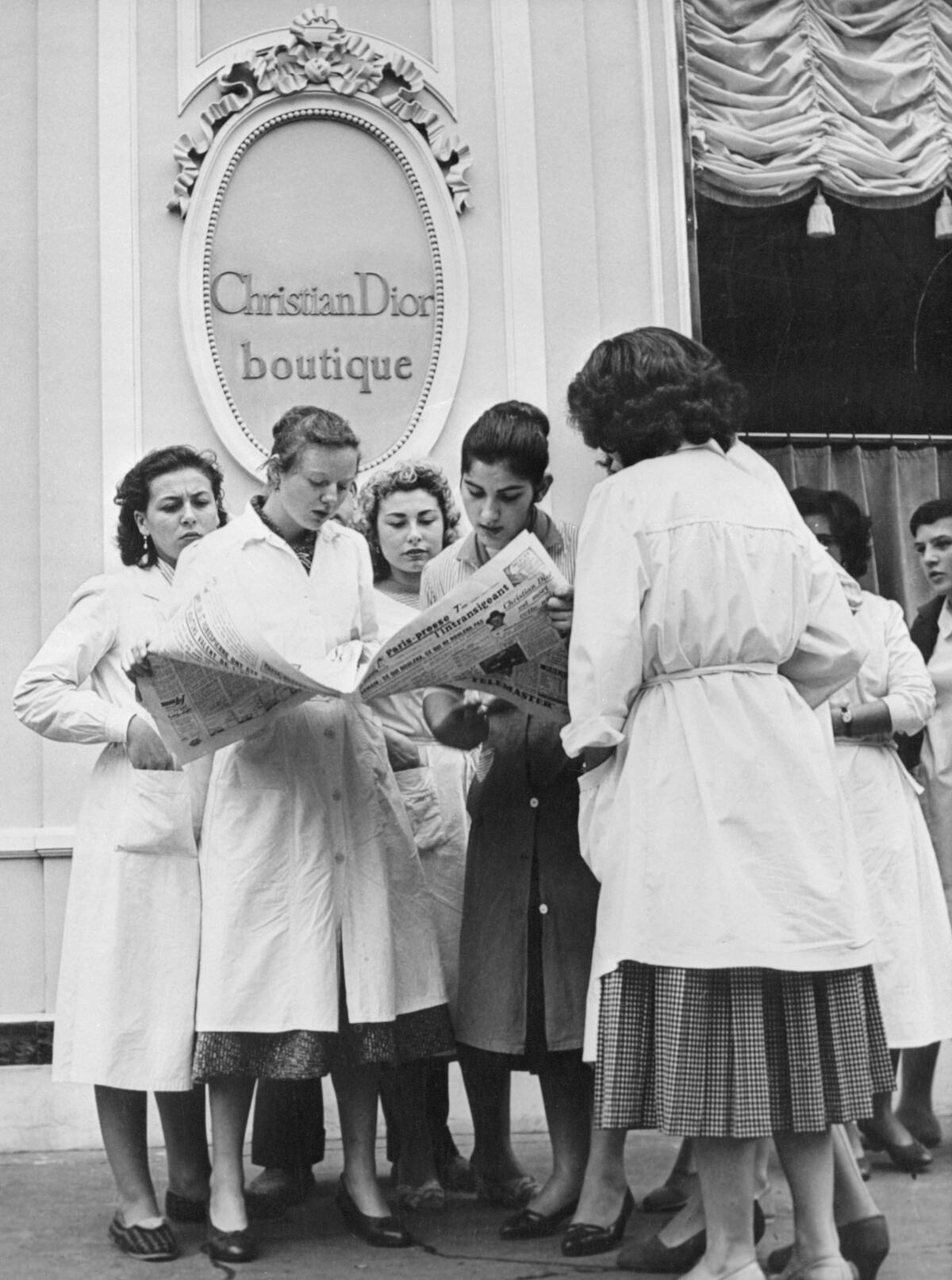
The fashion of the mid-century era was as transformative as its design. Women’s fashion saw the rise of the ‘New Look’ by Christian Dior, with its cinched waists and full skirts, revolutionizing post-war fashion.
Men’s fashion wasn’t left behind, with slim-cut suits and the introduction of casual styles, thanks to icons like James Dean. The era’s fashion trends emphasized elegance and simplicity, influencing today’s fashion industry with their timeless appeal.
Hollywood’s Golden Age: Stars and Style
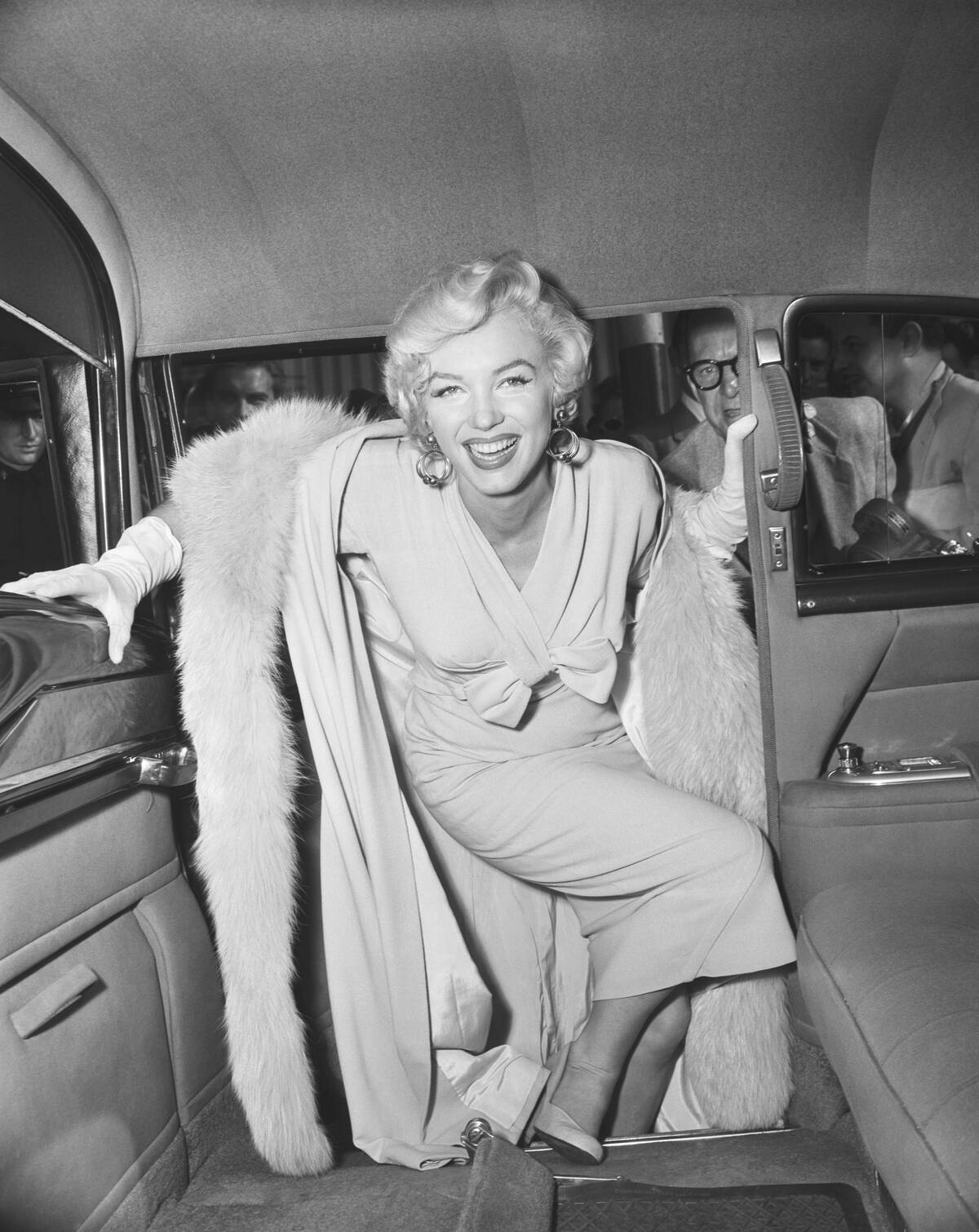
The mid-century era was Hollywood’s post-Golden Age, with stars like Marilyn Monroe, Audrey Hepburn, and James Dean captivating audiences worldwide. This period was characterized by glamour, both on and off the screen.
The films of this era, from Breakfast at Tiffany’s to Rebel Without a Cause, not only entertained but also set fashion and cultural trends. Hollywood’s influence was so profound that it shaped global perceptions of style and sophistication.
The Music Revolution: From Jazz to Rock ‘n’ Roll
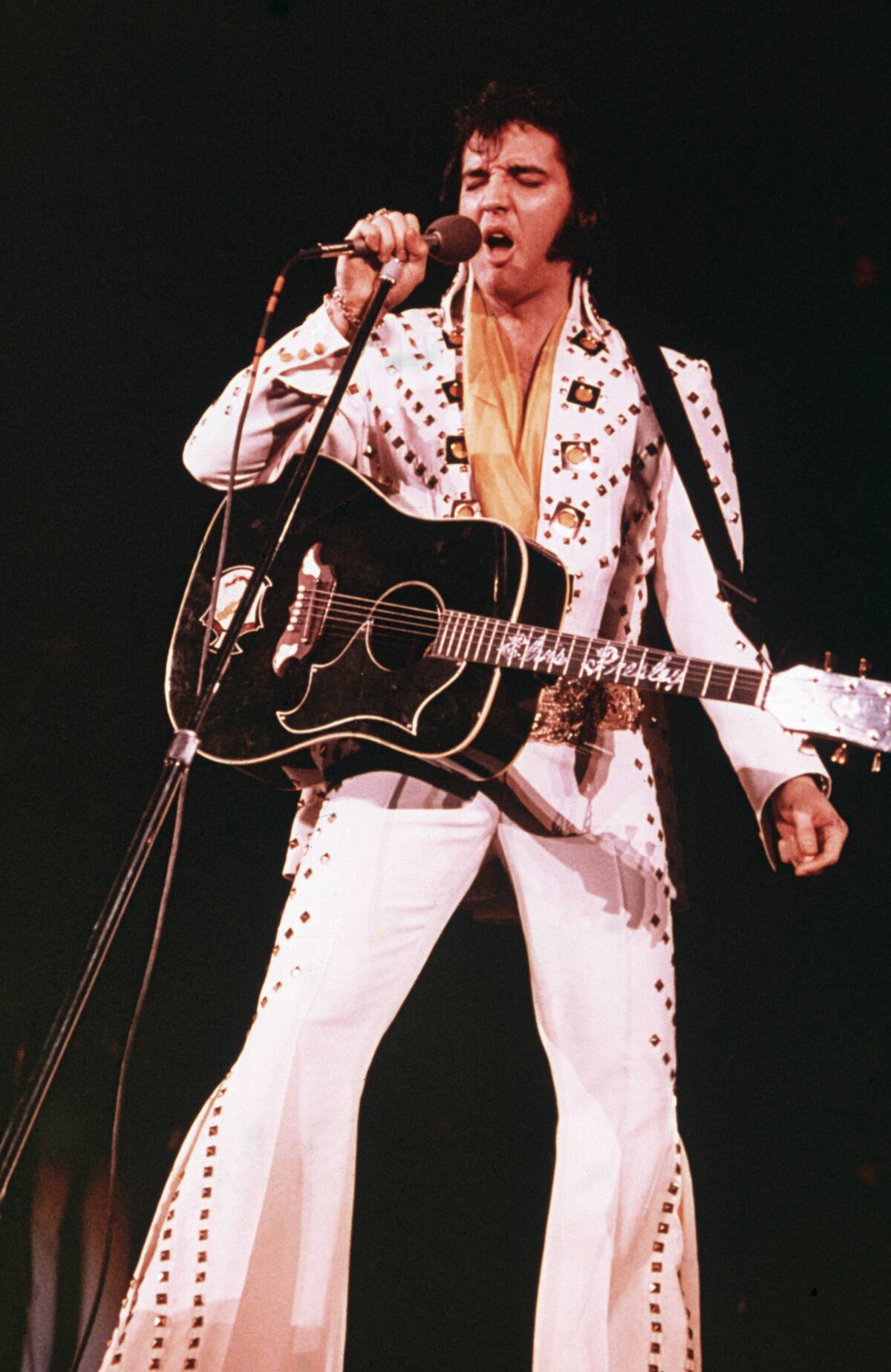
Music in the mid-century era underwent a significant transformation, giving birth to rock ‘n’ roll. Artists like Elvis Presley and Chuck Berry broke new ground, blending rhythm and blues with a new, rebellious sound.
Jazz, too, continued to evolve, with legends like Miles Davis and John Coltrane pushing the boundaries of the genre. This was a time when music mirrored societal changes, becoming a voice for youth and a catalyst for cultural shifts.
Mid-Century Architecture: Sleek and Stylish
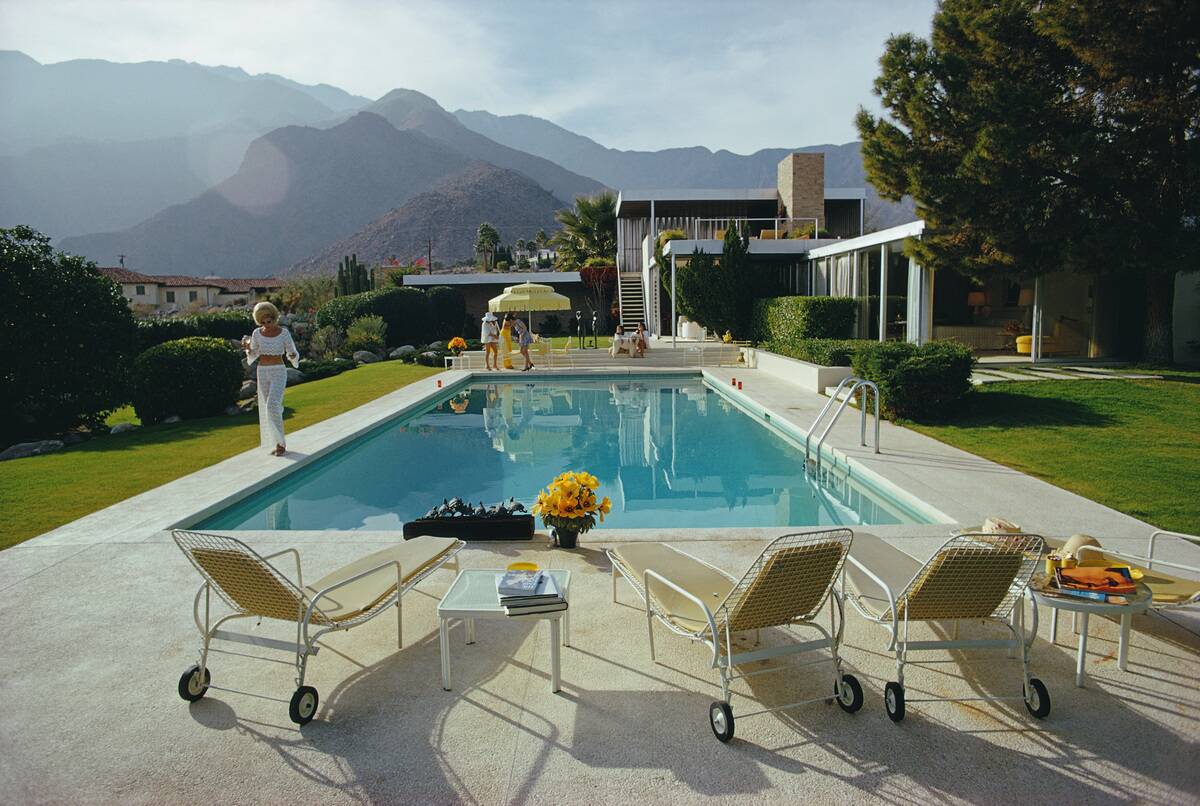
Mid-century architecture is known for its sleek lines, integration with nature, and innovative use of materials. Architects like Frank Lloyd Wright and Richard Neutra championed designs that blurred the line between indoor and outdoor spaces.
The use of glass, steel, and concrete became a signature of the style, creating homes that were both functional and beautiful. These architectural principles continue to inspire modern buildings, highlighting their timeless appeal.
Classic Cars: Cruisin’ in Style
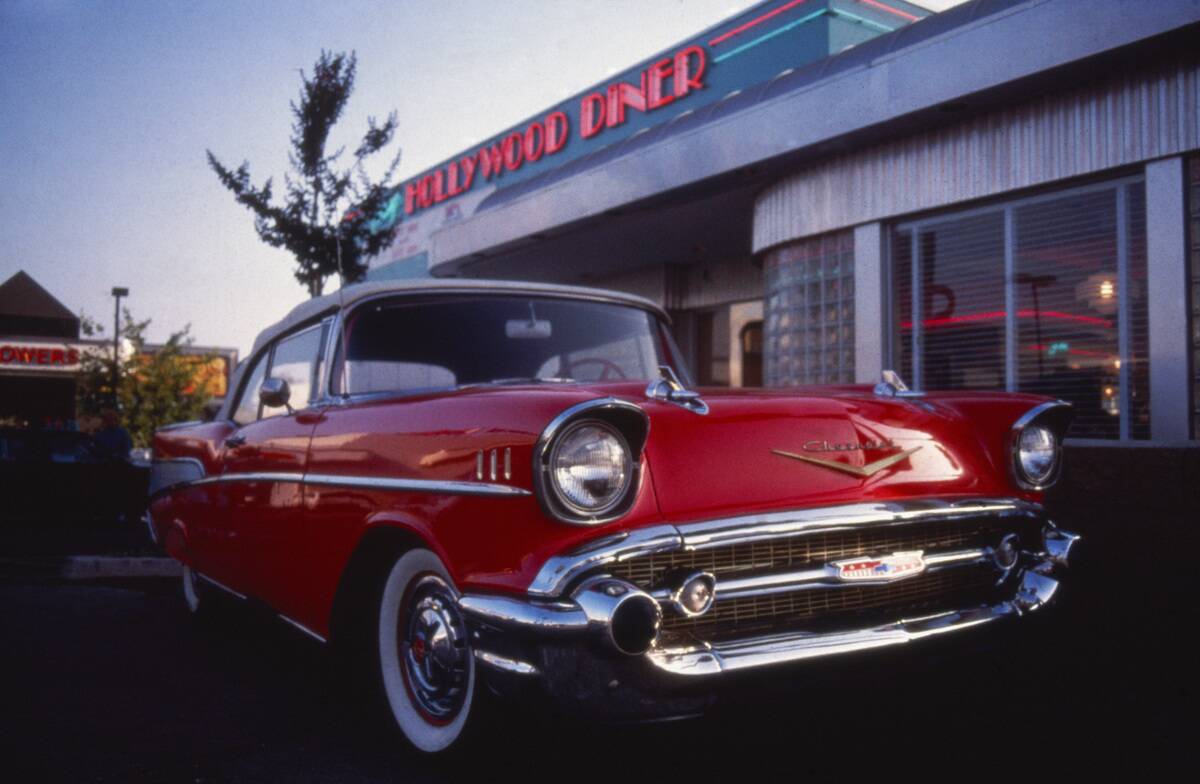
The mid-century era was a golden age for automobiles, with manufacturers producing some of the most iconic cars in history. Models like the Chevrolet Bel Air and the Ford Thunderbird became symbols of American culture and innovation.
These cars were not just about transportation; they represented freedom and style. With their sleek designs and powerful engines, classic mid-century cars remain highly sought after by collectors and enthusiasts today.
The Birth of Television: A New Era of Entertainment
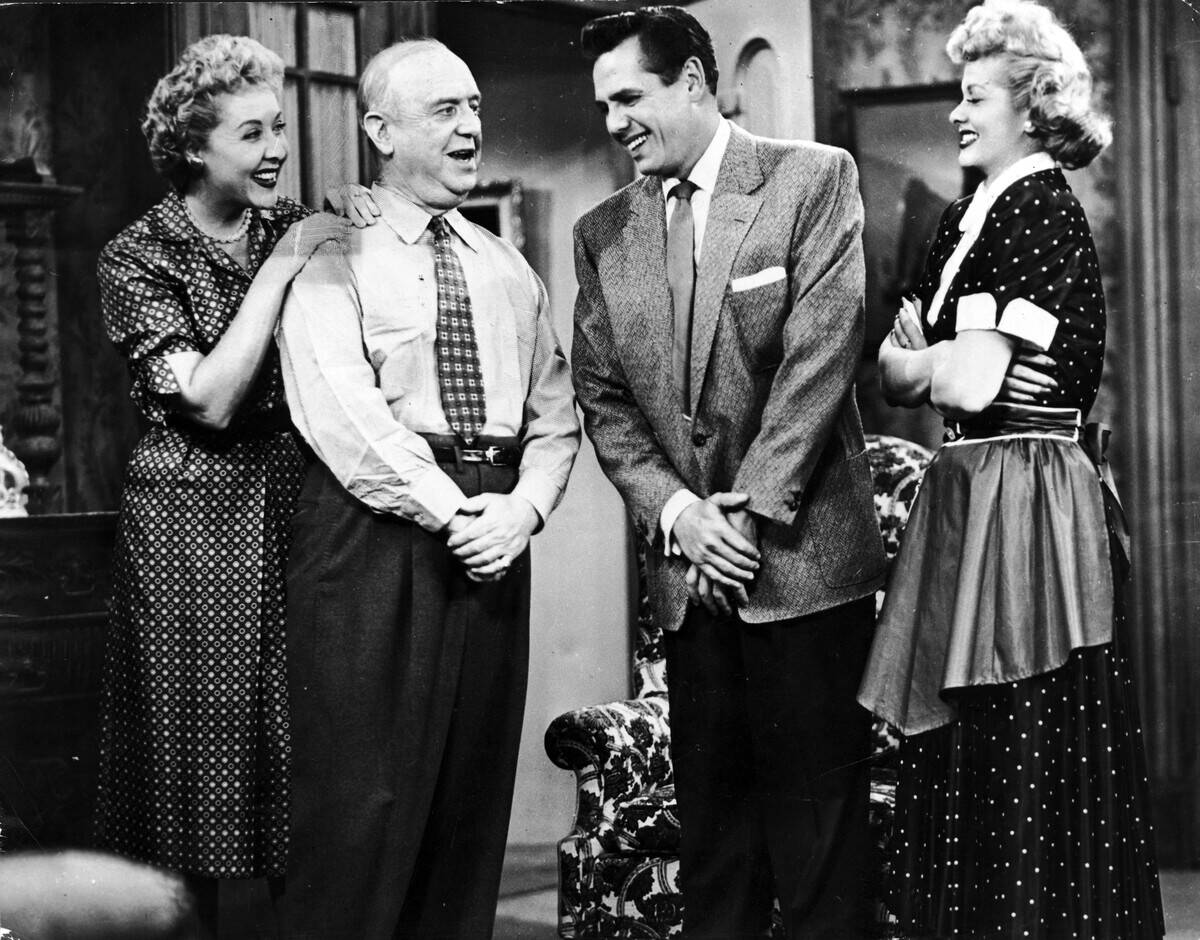
The introduction of television in the mid-century era revolutionized entertainment. By the 1950s, TV sets were becoming a staple in American homes, changing how people consumed media.
Shows like I Love Lucy and The Twilight Zone captivated audiences, offering both comedy and thought-provoking narratives. Television became a cultural phenomenon, shaping societal norms and providing a new platform for storytelling that continues to evolve today.
Mid-Century Art: Abstract and Experimental
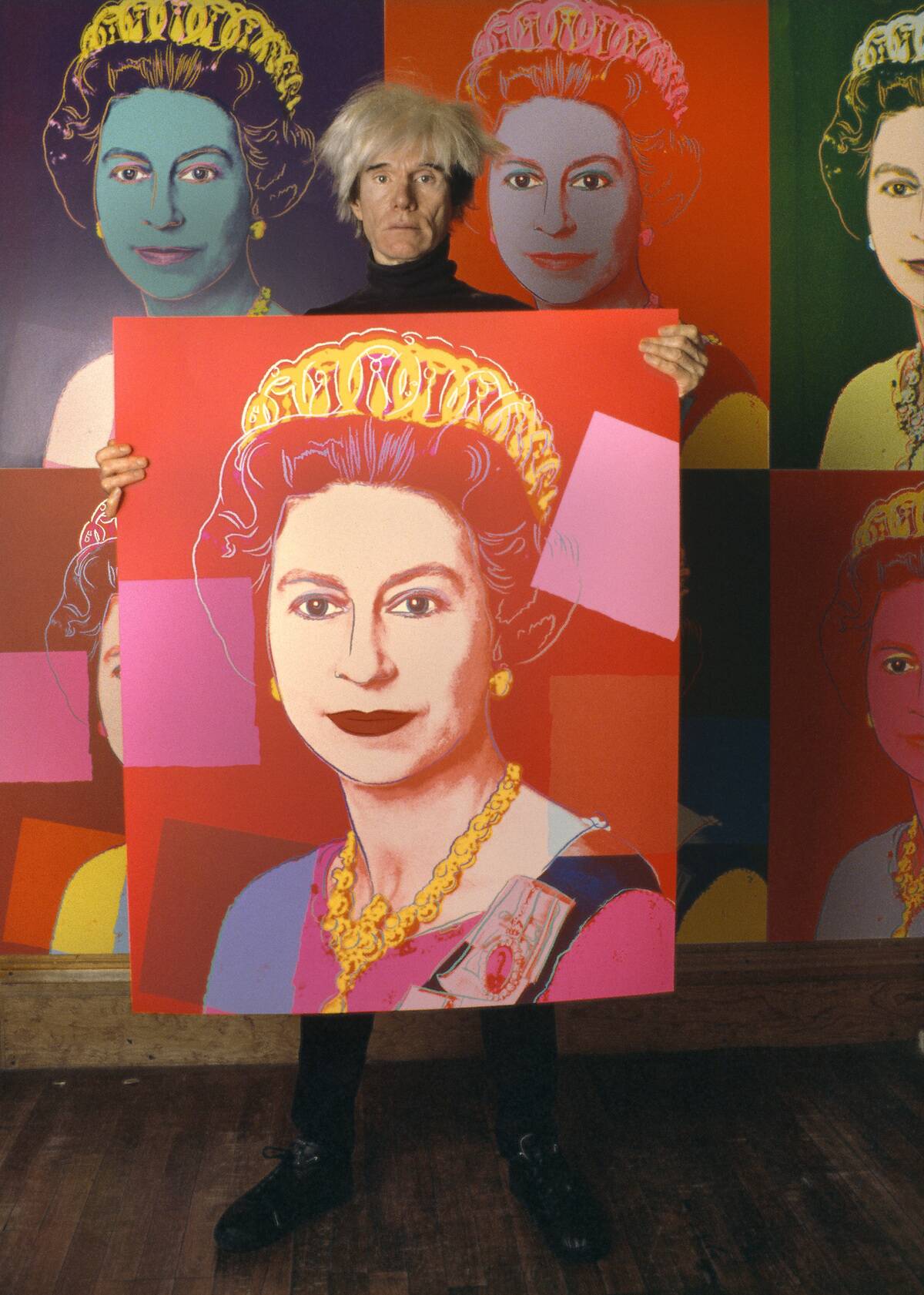
Mid-century art was defined by its abstract and experimental nature, with artists like Jackson Pollock and Mark Rothko leading the charge. Abstract Expressionism became a dominant art movement, emphasizing spontaneity and emotional intensity.
This era also saw the rise of Pop Art, with figures like Andy Warhol challenging traditional boundaries. The era’s art scene was both innovative and divisive, laying the groundwork for diverse movements that followed
Literature and Beat Culture: Words That Defined an Era
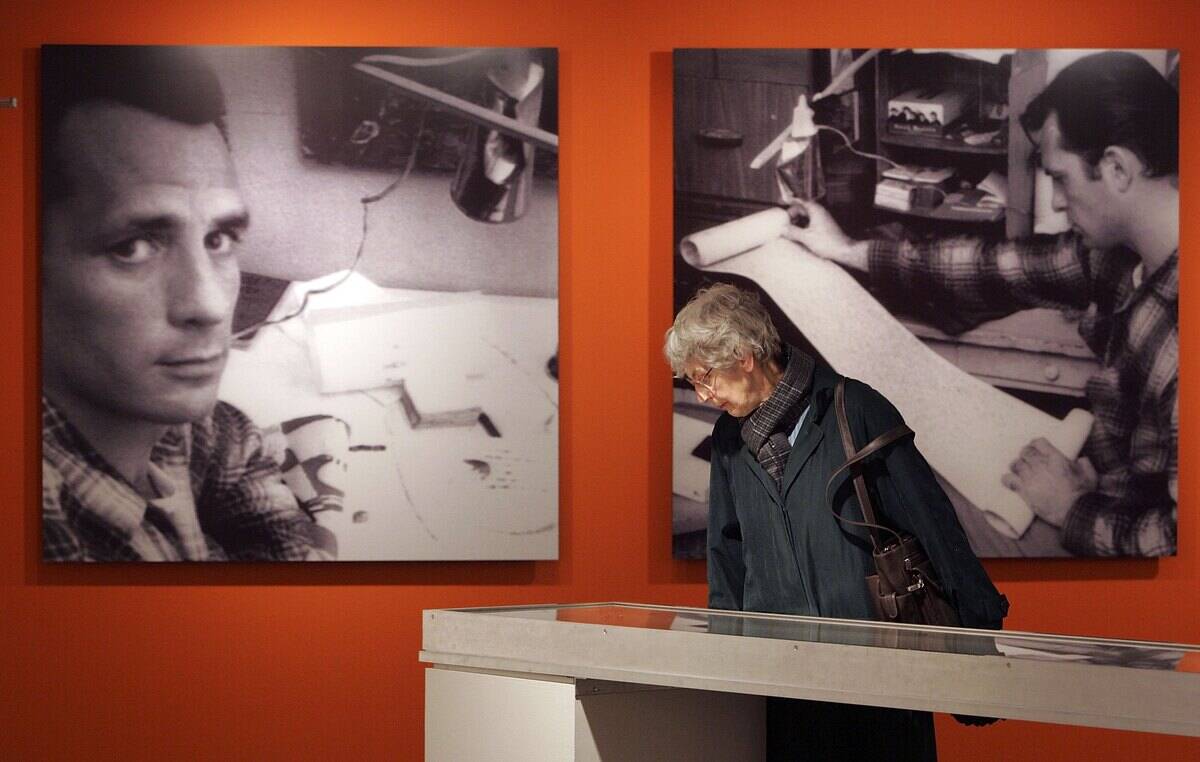
The mid-century era was a vibrant period for literature, marked by the rise of the Beat Generation. Writers like Jack Kerouac and Allen Ginsberg captured the spirit of rebellion and nonconformity in works like On the Road and Howl.
This literary movement emphasized spontaneity, open expression, and a rejection of traditional values. The Beats’ influence extended beyond literature, impacting music, art, and the broader counterculture of the 1960s.
Family Values: The Idealized Nuclear Family
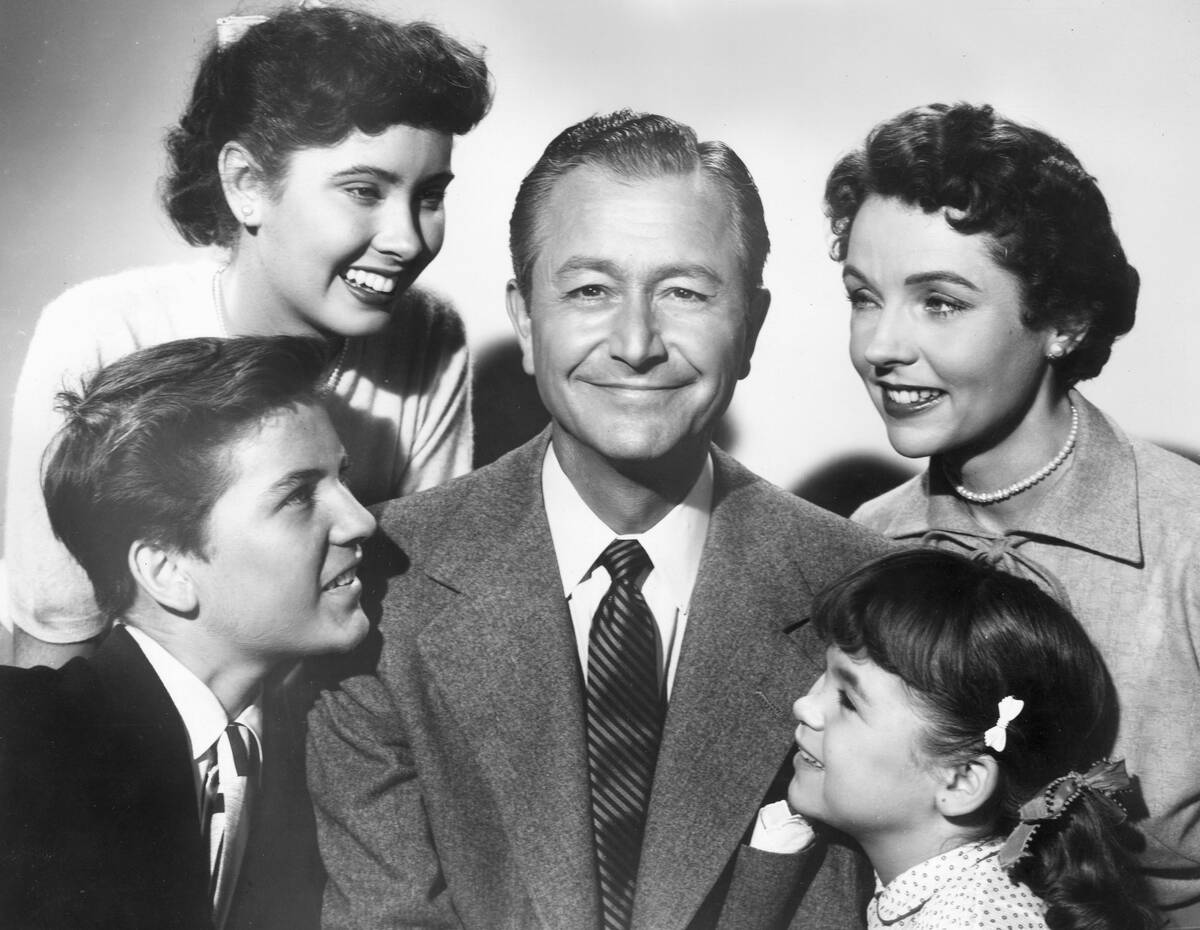
The mid-century era is often associated with the idealized nuclear family, a concept that became a prominent cultural symbol. Television shows like Father Knows Best and Leave It to Beaver portrayed families as harmonious units with traditional roles.
This portrayal reflected post-war societal norms, emphasizing stability and conformity. While these ideals have evolved, the concept of the nuclear family during this era remains a touchstone for discussions about family dynamics.
Mid-Century Cuisine: Retro Recipes We Still Love
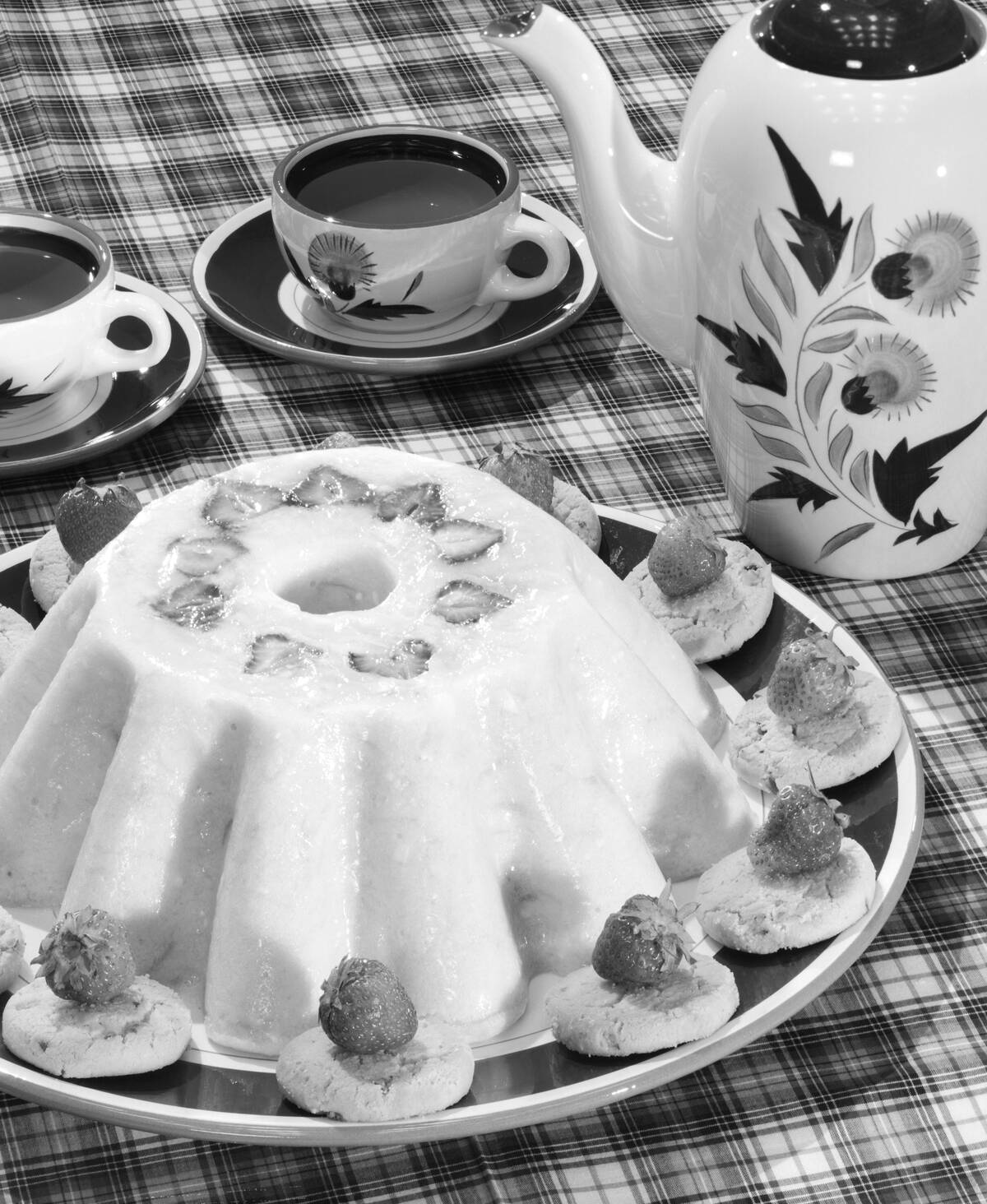
Mid-century cuisine was a mix of convenience and creativity, with the advent of TV dinners and Jell-O moulds becoming household staples. The era also saw a fascination with exotic dishes, as post-war prosperity allowed for more culinary exploration.
Recipes like meatloaf and casseroles became comfort foods, while tiki-themed parties introduced Americans to Polynesian flavors. Many of these retro recipes have experienced a nostalgic resurgence, proving their enduring appeal.
The Dance Craze: Moves That Made History
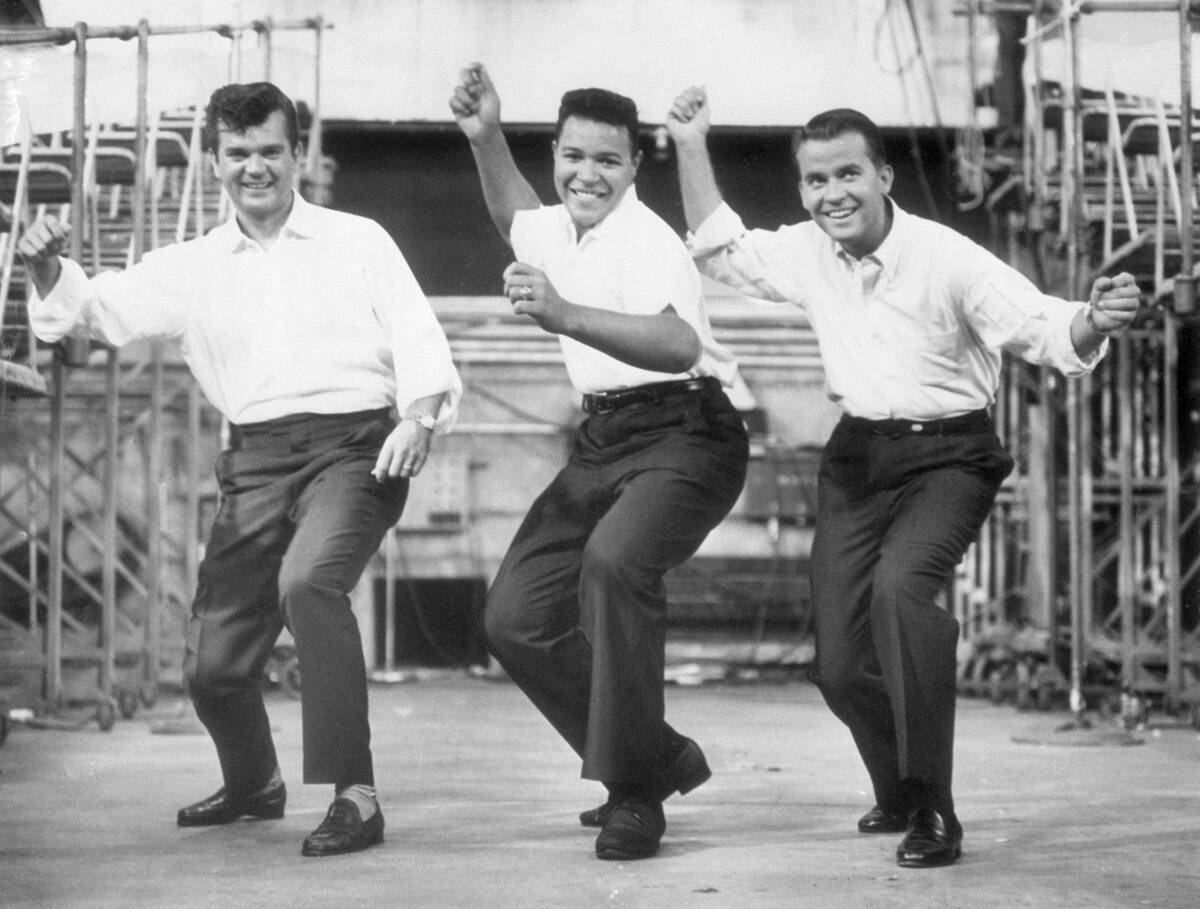
The mid-century era was a time of dance innovation, with new styles capturing the public’s imagination. The twist, popularized by Chubby Checker, encouraged people to dance with newfound freedom and abandon.
Other dances like the jitterbug and the mashed potato became cultural phenomena, reflecting the youthful energy of the era. These dance crazes brought people together, creating a shared cultural experience that transcended social boundaries and continues to inspire today.
Mid-Century Vacation Spots: Travel Back in Time

Travel during the mid-century era was marked by glamour and adventure, with destinations like Palm Springs and Miami Beach becoming the playgrounds of the rich and famous. The rise of commercial air travel made exotic locales more accessible, sparking a new wave of tourism.
Classic hotels and resorts from this era, known for their distinctive style and luxurious amenities, continue to attract visitors, offering a nostalgic glimpse into the past.
The Role of Advertising: Selling the Dream
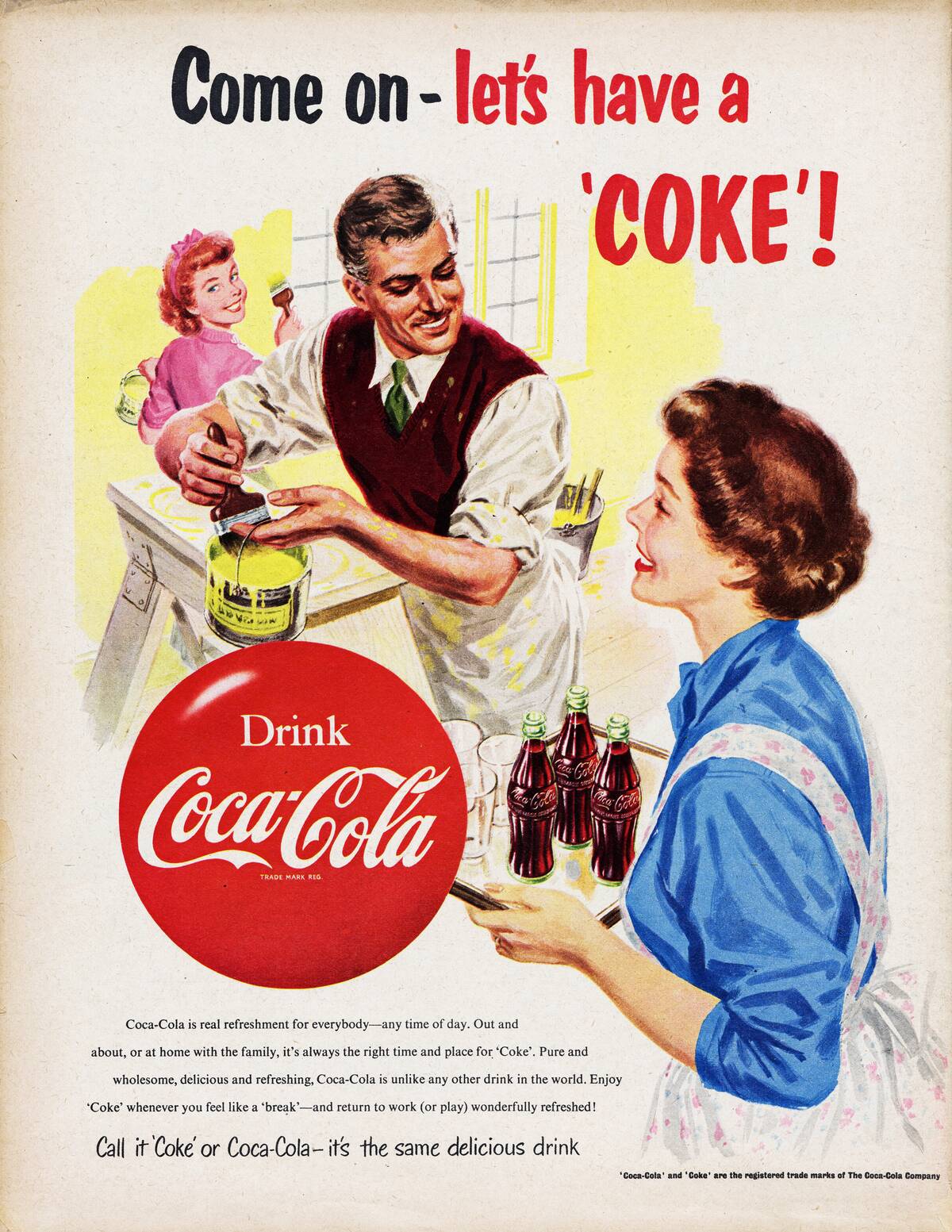
Advertising in the mid-century era was a powerful force, shaping consumer behavior and cultural norms. Ad campaigns sold not just products, but an idealized lifestyle of prosperity and modernity. Iconic ads like Coca-Cola’s “Sign of Good Taste” and Volkswagen’s “Think Small” became cultural touchstones.
The era’s advertising techniques, characterized by catchy slogans and innovative visuals, laid the groundwork for modern marketing strategies, highlighting the importance of branding and consumer engagement.
The Enduring Popularity of Vintage Collectibles

Vintage collectibles from the mid-century era, such as vinyl records, furniture, and fashion items, continue to captivate collectors and enthusiasts. The unique design and craftsmanship of these items reflect the era’s cultural and artistic values.
Markets and online platforms dedicated to vintage finds have proliferated, allowing people to own a piece of history. The continued interest in mid-century collectibles underscores their lasting appeal and cultural significance.
Why We Keep Coming Back: The Timelessness of the Mid-Century Era
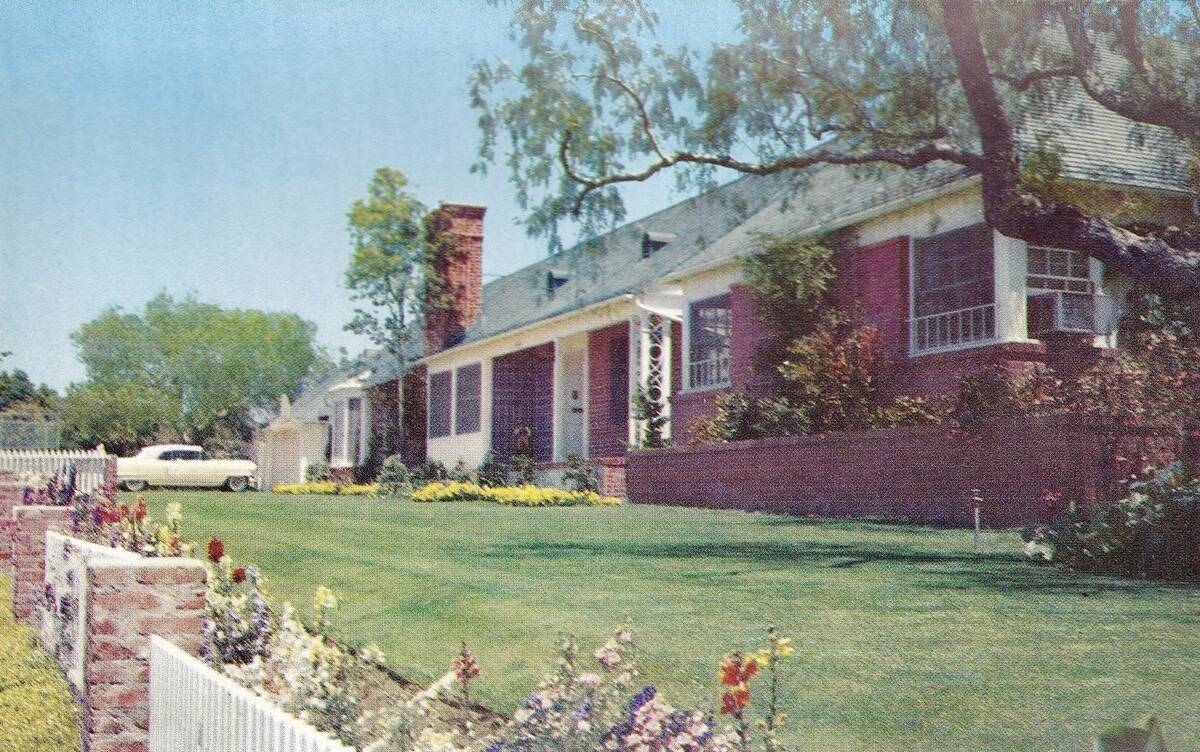
The mid-century era continues to captivate because of its unique combination of innovation, style, and cultural impact. Its influence spans various fields, from design and fashion to music and literature.
The era’s aesthetic and cultural contributions have proven to be timeless, resonating with new generations seeking authenticity and simplicity. As we continue to celebrate and reinterpret mid-century style, its legacy endures.



